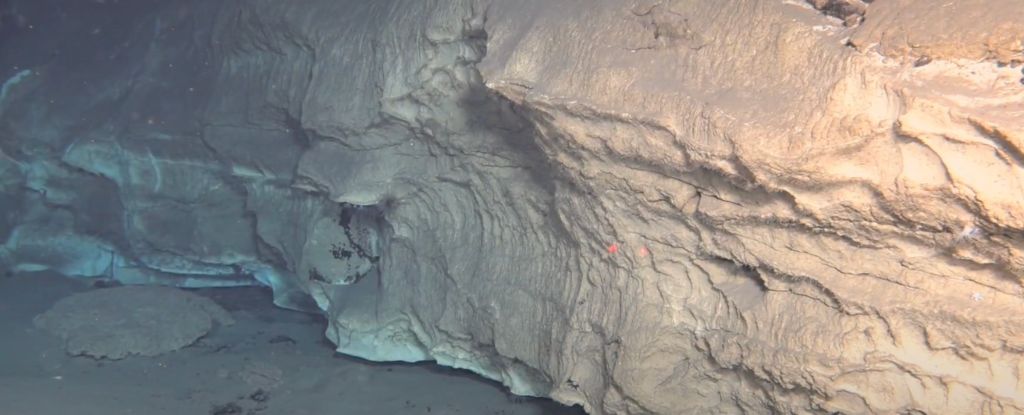A recent discovery in the deep Pacific Ocean has revealed hydrothermal fields larger than the well-known “Lost City” in the Atlantic, with an area of 11.1 square kilometers (4.3 square miles). Researchers from Laoshan Laboratory and the Chinese Academy of Sciences identified this new system, named Kunlun, which contains craters and dolomite walls, contrasting with the towers of Lost City. Kunlun’s unique environment supports a diverse deep-sea ecosystem, including shrimp and tubeworms, and contributes significantly to global hydrogen flux.
Unlike traditional "black smokers," Kunlun emits hydrogen-rich liquids at lower temperatures, potentially resembling conditions present when life began on Earth. This underscores the ecological importance of the site, providing insights into the origins of biological life. Researchers noted that the geological dynamics, including craters formed by interactions between seawater and the Earth’s mantle, may foster a stable environment for early evolutionary processes.
The discovery challenges previous beliefs about hydrogen production in oceanic settings, suggesting that similar systems may exist elsewhere in the deep sea. The findings were published in Science Advances.


